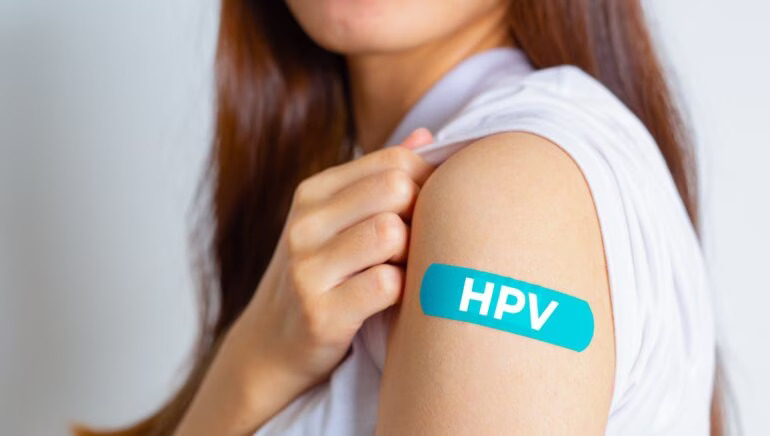What Every Woman Should Know About Cervical Cancer

The 10th most common cancer that affects women in Singapore, cervical cancer is a serious but largely preventable disease. Dr Wong Wai Loong, senior consultant gynae-oncologist at Mount Alvernia Hospital, elaborates on the must-knows of cervical cancer.
Why is regular cervical cancer screening important?
90 per cent of cervical cancer cases are caused by the Human Papilloma Virus (HPV), which is categorised into high risk and low risk strains. Only the high risk strains of HPV lead to the development of cervical cancer.
It takes many years from the time of HPV infection till the development of cancer.
The pre-cancerous changes to the cervix, known as cervical intraepithelial neoplasia (CIN), is asymptomatic, so you may not be aware that there is anything wrong.
However, this stage is very treatable and has a high chance of cure if detected early, which is why it is important to go for screening regularly. Regular screenings are pivotal in the early detection of abnormalities, enabling timely intervention and enhancing the chances of successful treatment.
Screening for cervical cancer should begin from 25 years in women who have previously engaged in sexual intercourse.
What are the screening methods for cervical cancer and the differences between them?
There are two main methods to screen for cervical cancers: A HPV test and PAP smear. During these procedures, a speculum is inserted through the vagina to visualise the cervix, followed by the insertion of a brush to collect cells for analysis.
The HPV test aims to detect presence of the high risk strains of the virus which may cause cancer, while a PAP smear is to identify any abnormal cells that may indicate the presence of pre-cancerous or cancerous conditions.
Women aged 25 to 29 should go for a PAP smear once every three years to detect abnormalities in cervical cells, while those 30 years and above should go for a HPV test once every five years.
What recent advancements are there in cervical cancer screening technologies?
There are self-sampling kits available at certain gynaecologists’ clinics. Samples are obtained in the clinic where there is no need for a speculum examination. The accuracy of such kits is comparable to HPV tests performed by doctors.
In future, we hope that these kits will be readily available and can be administered in the comfort of one’s home. This convenience will increase the rate of screening.
What common misconceptions do women often have about cervical cancer?
A common misconception is that cervical cancer is hereditary. It is not. It is caused by high risk HPV strains.
Many also think that once they have taken the HPV vaccine, there is no need to do PAP smears and HPV screenings anymore. This should not be the case. Screening is still essential even after one has had the HPV vaccination.
Vaccination only prevents 90% of HPV infections. There is still a remaining 10% of infections that could develop into cancer, and these can only be detected by screening.
People also think that HPV is a sexually transmitted disease but it is not classified as one. While HPV is spread through sex, it is usually a mild infection and can resolve on its own.
This does not mean that all HPV strains lead to cancer.
Where is the cervix, and what are its functions?
The cervix is the lower, narrow part of the uterus that opens into the vagina. The cervix serves several important functions, including producing cervical mucus to influence fertility chances, dilating during labour for childbirth, and safeguarding the uterus from bacteria and foreign objects
What lifestyle habits can women adopt to reduce the risk of developing cervical cancer?
- To minimise the risk of developing cervical cancer, women can adopt several good lifestyle habits.
- Stop smoking. Quitting smoking is crucial, as smoking weakens the immune system and may make one more susceptible to the HPV.
- Delay the age of first sexual intercourse. Delaying the age of one’s first sexual intercourse can be beneficial, as it may reduce the exposure to HPV.
- Avoid multiple sexual partners. This is essential, as it decreases the chances of encountering different strains of HPV.
- Screen regularly. Going for regular screenings, such as PAP smears and HPV tests, is vital for early detection and intervention.
- Maintain a healthy lifestyle. A balanced diet, regular exercise and optimal stress management supports one’s overall well-being.
Article contributed by Dr Wong Wai Loong accredited doctor from Mount Alvernia Hospital.
This article is taken from our MyAlvernia Magazine Issue #52. Click here to read the issue on our website.



